Lock, Stock, and Barrel Exhibit at
The DeWitt Wallace Decorative Arts Museum
Pocket Pistol
John Brush (b. ca 1662-d. 1726)
London, England, ca. 1700
Walnut, iron/steel, silver
Caliber: .44 Weight: 12 oz.
This typical late 17th century-style pistol was made by John Brush, a London gunsmith who came to Virginia about 1717. Brush bought property on Palace Green in Williamsburg where he lived and worked until he died in 1726. Although Brush made this pistol before he came to Virginia, it is important because it is the only known civilian gun made by a Williamsburg gunsmith.
Evolution of the Standard British Military Musket
Several important concerns resulted in a steady evolution of British military muskets during the 1700s. The British government sought to equip its soldiers with increasing lighter, handier, and more reliable weapons that used standardized ammunition and could be repaired with roughly standardized parts. The government also wanted to control the quality and quantity of firearm production. These goals tended to promote the development of simpler, more effective weapons.
At the beginning of the 18th century, military muskets closely resembled the long, heavy, plain, and crudely manufactured muskets of the previous century. Over the next one hundred years, British muskets became shorter, lighter, but more elegant design. They could be manufactured to fixed specifications regulated by inspectors.
Muskets began to be made to specific designs or patterns. When a new weapon was introduced or am old design was improved, the older pattern was discontinued. At the time of their manufacture, the designs were simply "Old Pattern" or "New Patter". Based on extensive research,, guest curator DeWitt Bailey has assigned specific pattern dates ("Pattern 1730") that refer to particular designs.
The chronological series of patterns shown here is the first time the complete series has been presented in a museum exhibit.
*Muskets marked with a star are awaiting parts for accurate restoration. Some parts, usually cocks or steels, now shown are not correct for this pattern.







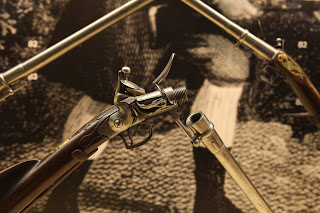





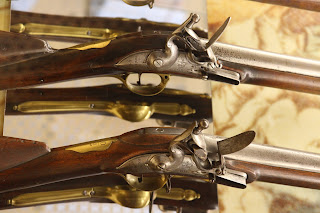










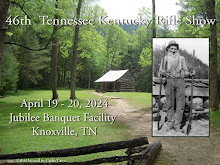

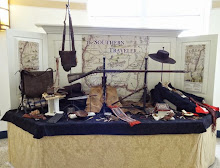





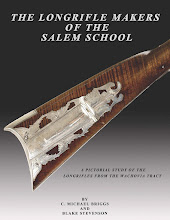

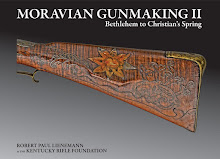


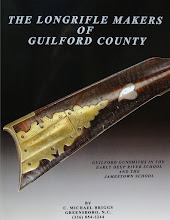

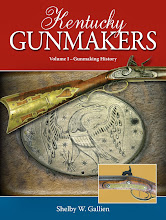









Thank you, thank you, thank you!!!
ReplyDeleteWhere in Williamsburg is this exhibit located? Is it in the rebuilt hospital? Thanks
ReplyDeleteWilliamsburg is a true American treasure.